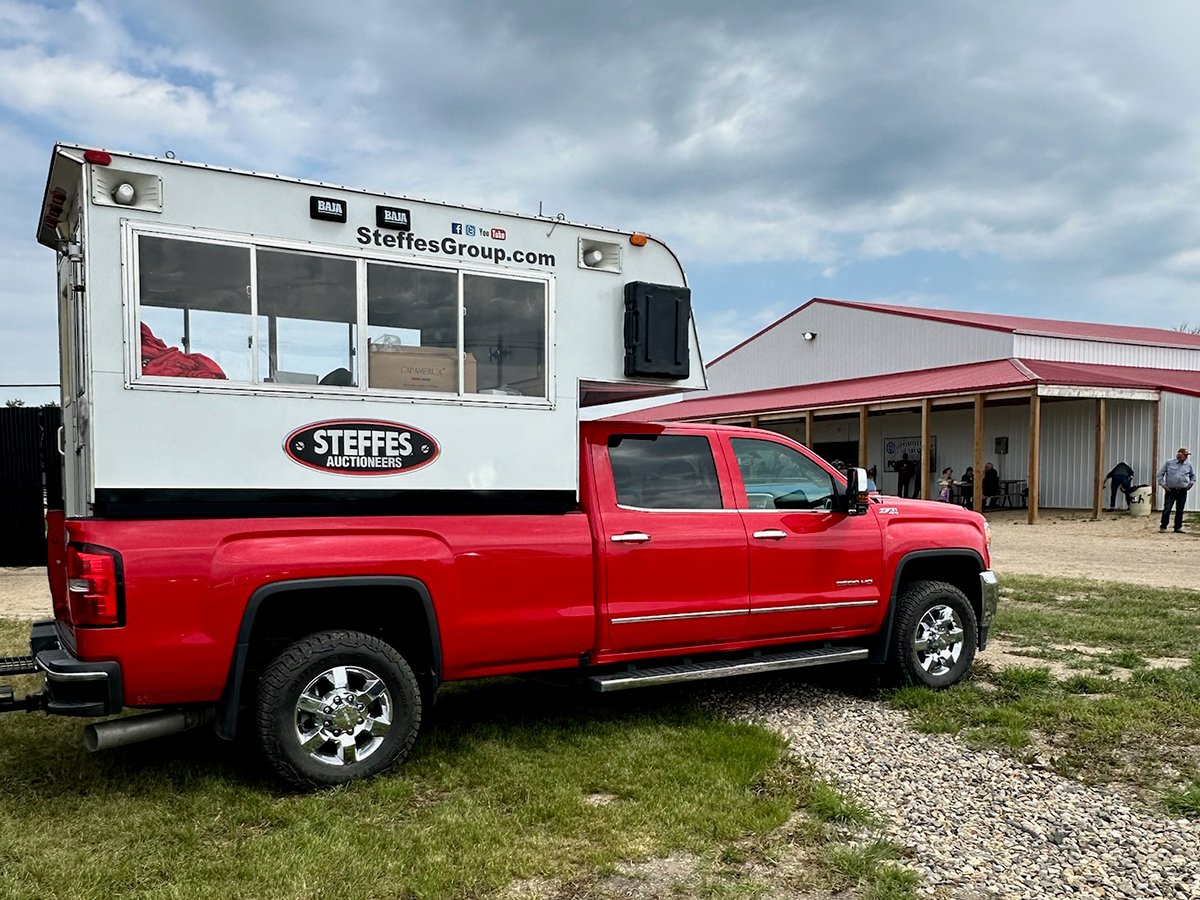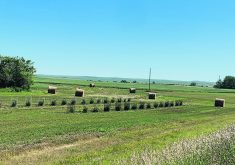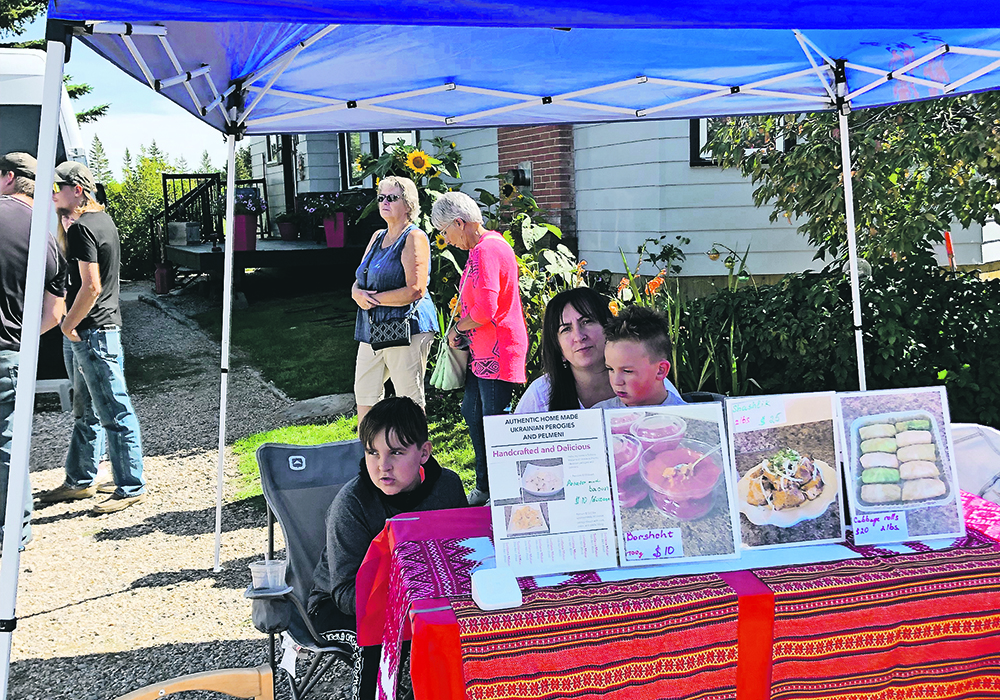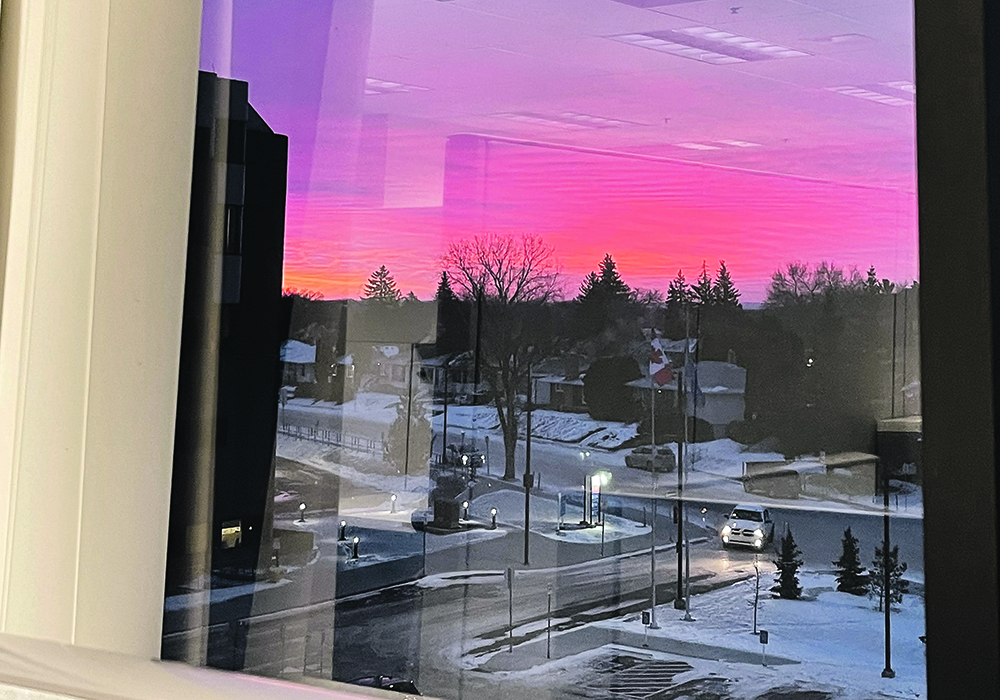STARS helicopters likely come to mind in emergencies such as highway crashes and farm accidents.
But as of Jan. 12, the helicopters flew 175 missions in Saskatchewan related to COVID-19.
Tammy Beauregard, donor relations and development officer in Saskatchewan, told the Saskatchewan Association of Rural Municipalities annual convention last month that the missions included actual COVID and presumed positive patients.
“All COVID influenza-like illnesses accounted for about 23 percent of our mission volume,” she said. “These patients are very sick and usually require a ventilator, or high flow oxygen for transport. They also require a variety of medications and supports to keep them alive.”
Read Also

Farm auctions evolve with the times
Times have changed. The number of live, on-farm auctions is seeing a drastic decline in recent years. Today’s younger farmers may actually never experience going to one.
STARS added two secondary helicopters at times. One was in service in Regina for 11 days during the third wave in April 2021 to help offset increased call volume, she said.
The other was used out of Saskatoon in September 2021 for 22 days during the fourth wave, mainly to help level the load of intensive care units.
“We did transport three patients outside of the province, using the fixed wing platforms,” she added.
STARS has flown more than 8,600 missions in the province since 2012 and Beauregard said it has been busier this year.
SARM has long supported STARS, which requires about $21 million annually to operate. Half of that amount is provided by the provincial government and half is raised through donations and fundraisers.
SARM efforts have contributed more than $3.6 million.
















